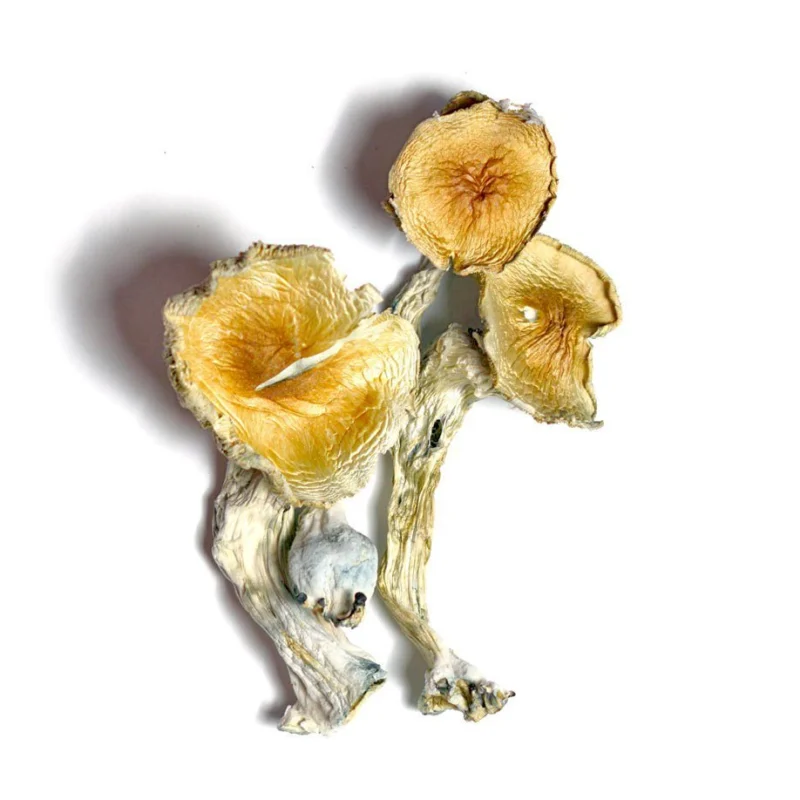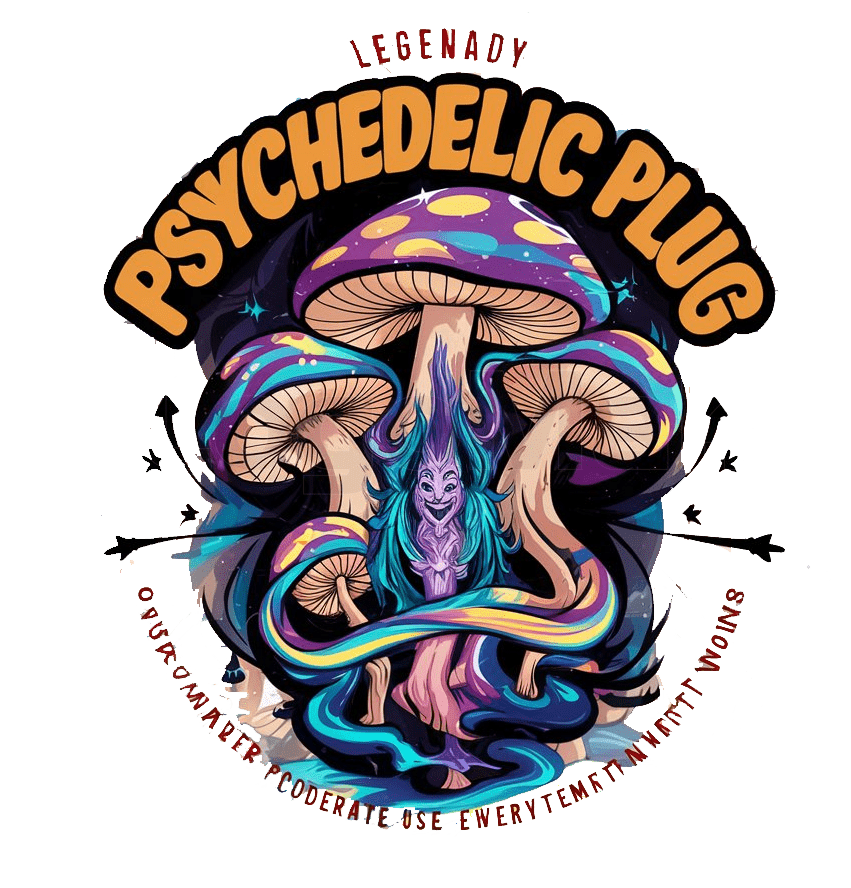Discover the fascinating world of psychedelics and their impact on consciousness. Explore the definition, effects, history, and potential benefits of these mind-altering substances. Unveil the secrets of psychedelics and their role in expanding human perception.

Introduction:
In recent years, there has been a resurgence of interest in psychedelics and their potential for therapeutic and transformative experiences. From scientific studies to personal anecdotes, the exploration of these mind-altering substances has captivated the curiosity of individuals seeking to unlock the mysteries of human consciousness. This comprehensive article delves into the world of psychedelics, shedding light on their definition, effects, historical significance, and potential benefits.
What Are Psychedelics?
Psychedelics, often referred to as hallucinogens or mind-altering substances, are a class of drugs that induce altered states of consciousness, leading to perceptual distortions, hallucinations, and profound introspection. These substances exert their effects primarily by interacting with serotonin receptors in the brain, modulating neural activity and altering perception, cognition, and emotions.
Outlines:
| Heading | Subheading |
|---|---|
| I. History of Psychedelics | A. Ancient Origins of Psychedelics |
| B. Psychedelics in Indigenous Cultures | |
| C. Psychedelics in Western Culture | |
| D. The Countercultural Movement of the 1960s | |
| II. Types of Psychedelics | A. Lysergic Acid Diethylamide (LSD) |
| B. Psilocybin Mushrooms | |
| C. Ayahuasca | |
| D. DMT (Dimethyltryptamine) | |
| E. Mescaline | |
| III. Effects of Psychedelics | A. Altered Perception |
| B. Enhanced Emotions | |
| C. Expanded Consciousness | |
| D. Ego Dissolution | |
| E. Mystical Experiences | |
| IV. Therapeutic Potential of Psychedelics | A. Treating Mental Health Disorders |
| B. Managing Anxiety and Depression | |
| C. Addiction Treatment | |
| D. End-of-Life Care | |
| V. Safety and Risks | A. Setting and Context |
| B. Psychological Safety | |
| C. Physical Risks | |
| D. Precautions and Screening | |
| VI. Research and Legal Status | A. Current Scientific Studies |
| B. Decriminalization Efforts | |
| C. Regulatory Challenges | |
| VII. FAQs | A. How long do psychedelic effects last? |
| B. Are psychedelics addictive? | |
| C. Can psychedelics be used recreationally? | |
| D. Can psychedelics cause permanent damage? | |
| E. Are psychedelics legal? | |
| F. How do psychedelics differ from other drugs? | |
| VIII. Conclusion |
I. History of Psychedelics
A. Ancient Origins of Psychedelics
In this section, we explore the ancient roots of psychedelic use, tracing back to indigenous cultures and ancient civilizations. From the ritualistic consumption of hallucinogenic plants to the spiritual significance of altered states of consciousness, we delve into the profound impact psychedelics have had throughout history.
B. Psychedelics in Indigenous Cultures
Indigenous cultures across the globe have long recognized the power of psychedelics in their spiritual practices and healing ceremonies. We explore the rituals, traditions, and cultural significance of psychedelic substances within these communities, shedding light on their profound spiritual and transformative experiences.
C. Psychedelics in Western Culture
The introduction of psychedelics to Western culture sparked a revolution in the realms of art, music, spirituality, and consciousness exploration. This section uncovers the pivotal moments in history when these mind-altering substances became intertwined with Western society and explores their influence on creativity, philosophy, and the countercultural movement of the 1960s.
D. The Countercultural Movement of the 1960s
The 1960s witnessed a cultural revolution fueled by the exploration of psychedelics. From Timothy Leary’s infamous call to “Turn on, tune in, drop out” to the emergence of communal living and alternative lifestyles, we delve into the countercultural movement that embraced psychedelics as a catalyst for social change and personal transformation.
II. Types of Psychedelics
A. Lysergic Acid Diethylamide (LSD)
LSD, also known as “acid,” is one of the most potent and well-known psychedelics. We uncover the origins of LSD, its synthesis, effects on the brain, and the profound impact it had on popular culture and scientific research.
B. Psilocybin Mushrooms
Psilocybin mushrooms, commonly referred to as magic mushrooms, have been used for centuries for their psychedelic properties. We explore the different species, their chemical composition, cultural significance, and the therapeutic potential of psilocybin-assisted therapy.
C. Ayahuasca
Originating from the Amazon rainforest, ayahuasca is a sacred brew used in traditional spiritual practices. We delve into the cultural context, preparation, ceremony, and transformative experiences associated with ayahuasca, as well as its potential therapeutic applications.
D. DMT (Dimethyltryptamine)
DMT, often referred to as the “spirit molecule,” is a powerful psychedelic compound found naturally in plants and produced endogenously in the human body. We explore the unique effects, the role of DMT in mystical experiences, and its presence in indigenous rituals and shamanic practices.
E. Mescaline
Mescaline, derived from the peyote cactus and other cacti species, has been used for thousands of years in Native American ceremonies. This section examines the cultural and historical significance of mescaline, its effects on consciousness, and its potential therapeutic applications.
III. Effects of Psychedelics
A. Altered Perception
Psychedelics induce profound alterations in perception, transforming the way we experience the world. We delve into the visual, auditory, and sensory distortions that accompany psychedelic experiences and explore the neuroscience behind these perceptual shifts.
B. Enhanced Emotions
Emotional experiences during psychedelic journeys often intensify, leading to deep introspection, empathy, and catharsis. We explore how psychedelics can enhance emotional processing, foster personal growth, and facilitate healing.
C. Expanded Consciousness
The exploration of psychedelics often leads to an expanded sense of consciousness, transcending the boundaries of ordinary reality. We delve into the nature of this expanded consciousness, the dissolution of ego, and the spiritual and philosophical implications of such experiences.
D. Ego Dissolution
One of the remarkable effects of psychedelics is the temporary dissolution of the self, leading to a sense of ego transcendence. We explore the concept of ego dissolution, its significance in psychedelic experiences, and its potential therapeutic benefits.
E. Mystical Experiences
Psychedelics have been described as catalysts for mystical

